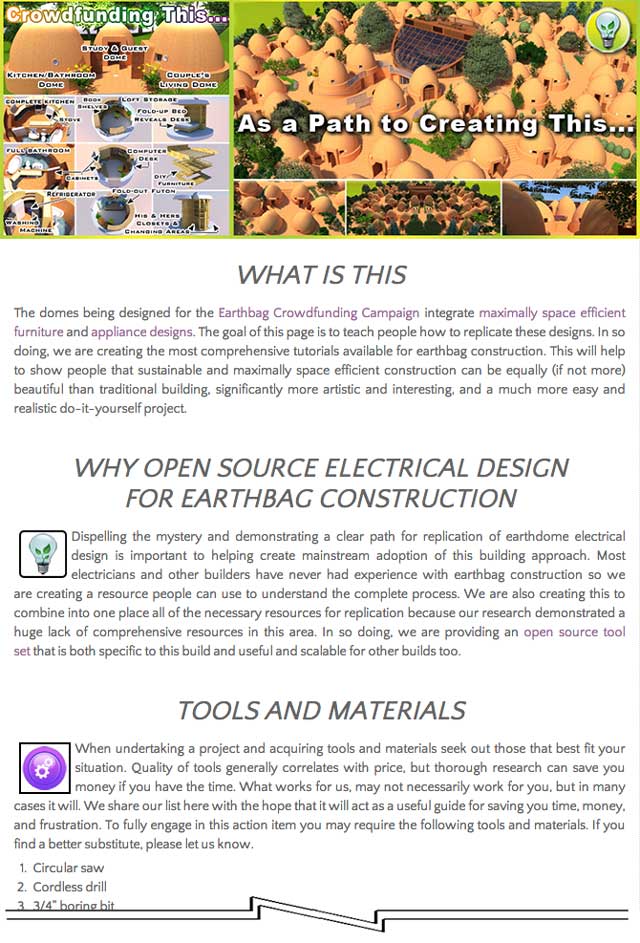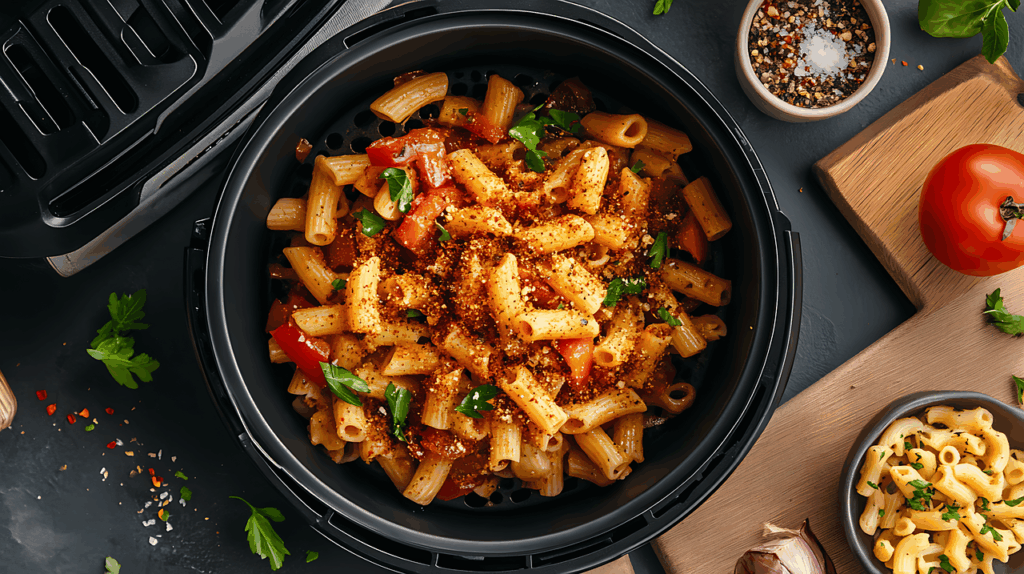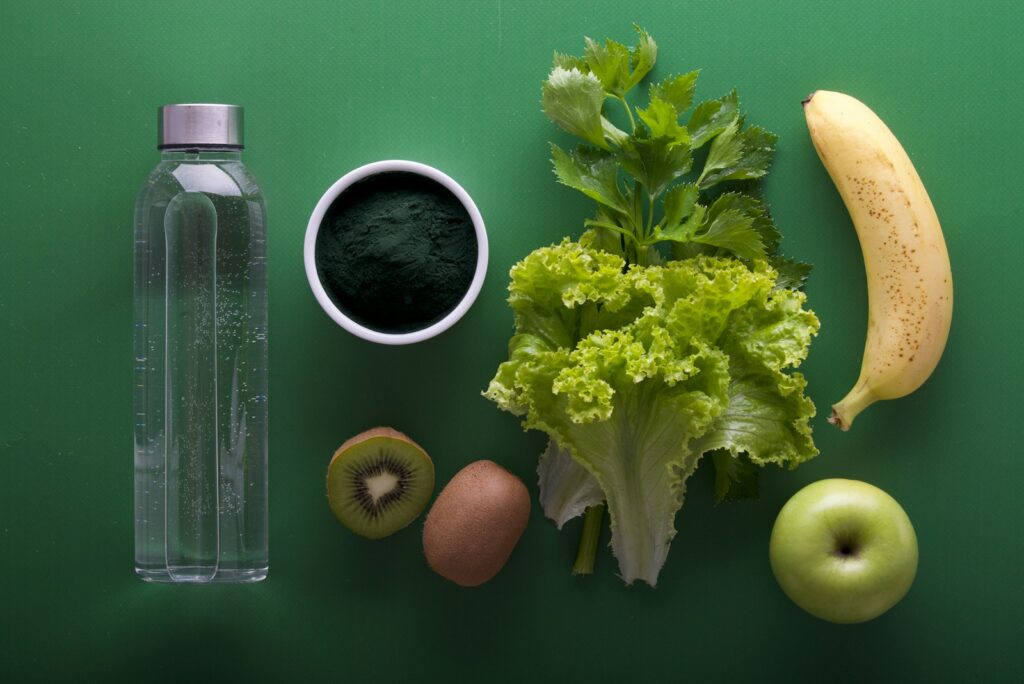
Are you dreaming of a home that not only nurtures your family but also champions the health of our planet? It’s a wonderful aspiration, and one that is entirely within reach! Many of us are eager to transform our living spaces into havens of sustainability, but the journey can often feel overwhelming, leaving us unsure where to begin. This guide is crafted specifically for you, designed to light the way with practical, actionable advice for a greener, more environmentally conscious home.
Imagine a daily life where every small habit contributes to a healthier planet. In 2025, eco-friendly living isn’t just a buzzword—it’s a necessity, as the journey towards a sustainable future becomes increasingly vital. This comprehensive article offers simple, proven eco-friendly living tips that empower you to reduce waste, save money, and enhance your quality of life. Whether you’re searching for tips for sustainable living or wondering how to live more eco-friendly, you’ll discover practical insights that truly make a difference.
Traditional lifestyles often lead to environmental degradation, excessive waste, and high utility costs. But by embracing these proven eco-friendly living tips, you can significantly cut down on waste and energy use, all while enjoying a cleaner, more sustainable home environment. We’re excited to share 13 detailed, actionable strategies—backed by expert insights and real-life examples—that show you exactly how to integrate sustainable practices into your daily routine, making your home a beacon of green living.

1. **Switch to LED or Solar Lighting**One of the simplest yet most impactful changes you can make to reduce your home’s energy footprint is upgrading your lighting. Traditional incandescent and halogen bulbs consume a significant amount of electricity, leading to higher utility bills and a larger carbon footprint. Fortunately, modern technology offers brilliant alternatives that are both efficient and aesthetically pleasing.
LED lights are a fantastic choice for illuminating your home, offering a bright, clear glow that mimics conventional bulbs while using far less electricity. These energy-efficient powerhouses don’t generate much heat, making them safer and more comfortable for use indoors, in your backyard, and in other outdoor spaces. The financial benefits are immediate and long-lasting, as they significantly cut down your electricity consumption.
Beyond the energy savings, LED bulbs boast an impressive lifespan, meaning you won’t need to replace them nearly as often. This translates into less waste and more convenience, with many offering at least a one-year warranty. It’s a smart investment for any homeowner looking to reduce environmental impact and save money in the long run.
For outdoor areas, especially in sun-exposed regions, solar-powered lights are an absolute game-changer. Imagine illuminating your garden, pathways, or balcony without drawing a single watt from the grid. These lights harness the sun’s energy during the day to provide beautiful, free illumination at night, making them an ideal solution for homesteads or any outdoor setting.
Considering renewable energy sources like solar panels on a larger scale can also transform your home’s overall energy consumption. Even small solar lights contribute to lowering your reliance on conventional electricity, proving that every switch, big or small, makes a tangible difference in creating a more sustainable home.
Read more about: Transform Your Home: Simple Backyard Projects That Instantly Boost Your Curb Appeal
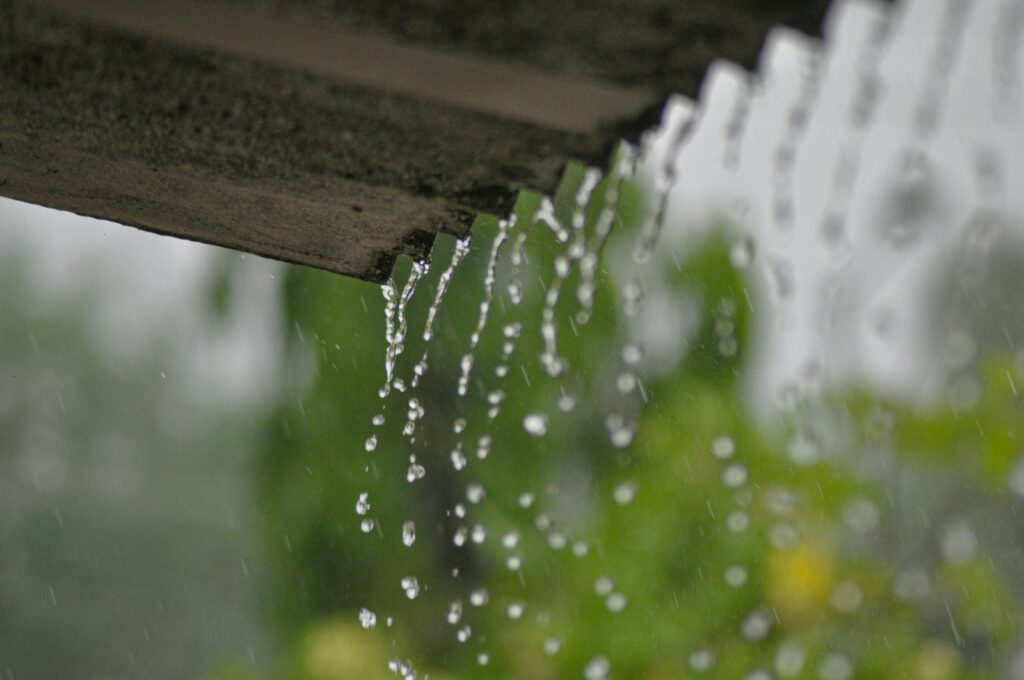
2. **Use Rainwater Harvesting Systems**Water is a precious resource, and conserving it is a cornerstone of eco-friendly living. One ingenious way to do this is by implementing rainwater harvesting systems, which capture and store precipitation for later use. This ancient practice is gaining renewed popularity as homeowners seek innovative ways to reduce their water bills and lessen their environmental impact.
While constructing elaborate channels like some sustainably designed houses might not be feasible for everyone, you can start with a basic setup. This typically involves rain barrels, roof gutters, or downspouts that channel rainwater into a container. This accumulated water can then be put to various practical uses around your home, significantly reducing your reliance on treated municipal water.
The collected rainwater is excellent for gardening, watering houseplants, and even for cleaning tasks. If local regulations permit, you might even extend its use to bathroom functions like toilet flushing or for laundry purposes. Many advanced sustainably designed houses integrate concrete underground detention tanks and pumps to circulate rainwater throughout the home, showcasing the potential of this resource.
By simply capturing the water that falls freely from the sky, you’re not only conserving a vital resource but also enjoying its benefits directly. It’s a testament to how simple yet effective solutions can contribute to a consistent water supply throughout the year, especially for non-potable uses.
Read more about: Ryan Reynolds and Rob McElhenney’s $3 Billion Wrexham Stadium: A Game-Changing Vision for Football’s Future
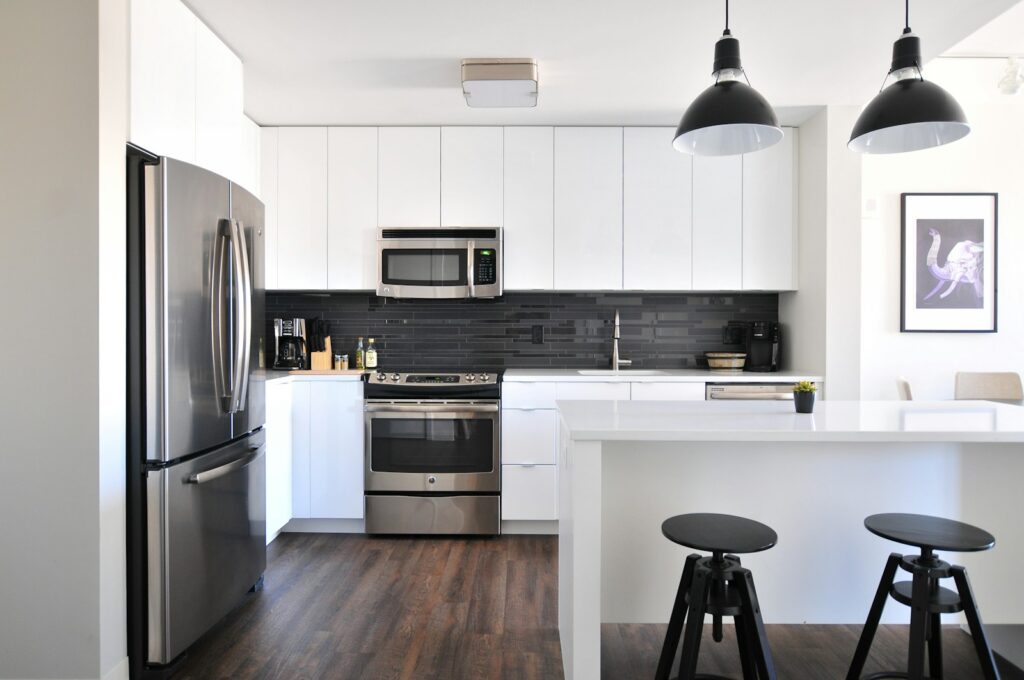
3. **Compost Your Kitchen and Garden Waste**Food waste is a significant contributor to landfills, but with composting, you can transform these scraps into something incredibly beneficial for your garden. Composting is an incredibly satisfying and effective way to manage organic waste, returning valuable nutrients to the soil and reducing your household’s environmental footprint.
Starting a composting system can be wonderfully simple. You can set up a basic compost bin in your backyard, or if space is limited, even a small container on your balcony will do. The key is to gather your kitchen scraps—such as veggie and fruit peelings, old flowers, and plants—and combine them with garden waste like tree leaves, hay, straw, and grass clippings.
For those without a garden to manage their compost, local green-bin programs are a fantastic alternative. These programs often safely collect and dispose of degradable scraps and wastes from households, ensuring that your organic materials don’t end up in a landfill. It’s a community effort that truly makes a difference.
Beyond fruit and vegetable scraps, many other decayable materials can be composted, including animal manure from herbivores, fur or hair, brown paper products, and coffee grounds. However, it’s crucial to remember what *not* to compost: avoid meat, dairy, seafood products, toxic or pesticide-treated plants, leather, oily or baked food, glass, and synthetic fabric, as these can attract pests or harm the compost’s quality.
Read more about: The Great Cuke Conundrum: Unwrapping the Mystery Behind Plastic-Wrapped English Cucumbers for Curious Minds
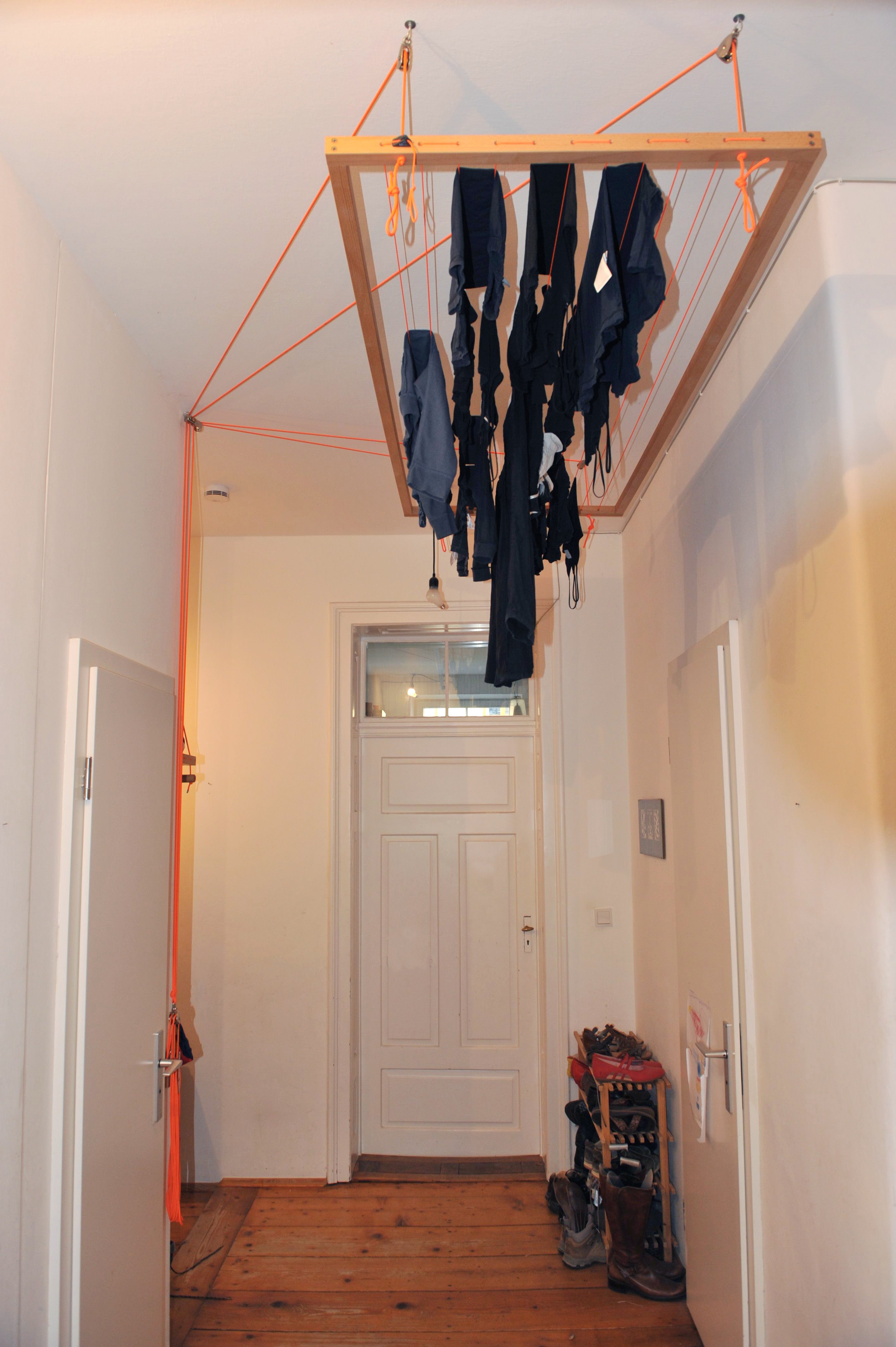
4. **Install a Clothesline or Drying Rack**In our quest for eco-friendly living, sometimes the best solutions are the simplest and most traditional. Installing a clothesline or drying rack is a perfect example, offering an effective and entirely natural way to dry your laundry without consuming a single watt of electricity. It’s a wonderful step towards reducing your energy consumption and extending the life of your garments.
A clothesline, typically a rope or cord extended between two points outdoors, is ideal for those sunny, clear days. It harnesses the power of fresh air and natural sunlight to dry your clothes, leaving them with an incredibly fresh, clean scent that often eliminates the need for perfumes. This method is not only gentle on fabrics, helping to preserve their quality and extend their life, but also entirely free.
For days when the weather isn’t cooperating, a drying rack offers a fantastic indoor alternative. These foldable systems are perfect for apartments or homes with limited outdoor space, allowing you to air-dry your clothes inside. Like clotheslines, drying racks are inexpensive, require no electricity, and treat your clothes naturally, preventing the wear and tear often caused by electric dryers.
While both systems require a bit of space and some patience as clothes take a few hours to dry, the benefits are well worth it. You’ll notice a significant reduction in your electricity bill, and the natural freshness of air-dried laundry is truly unparalleled. It’s a small change that offers big rewards for both your budget and the environment.
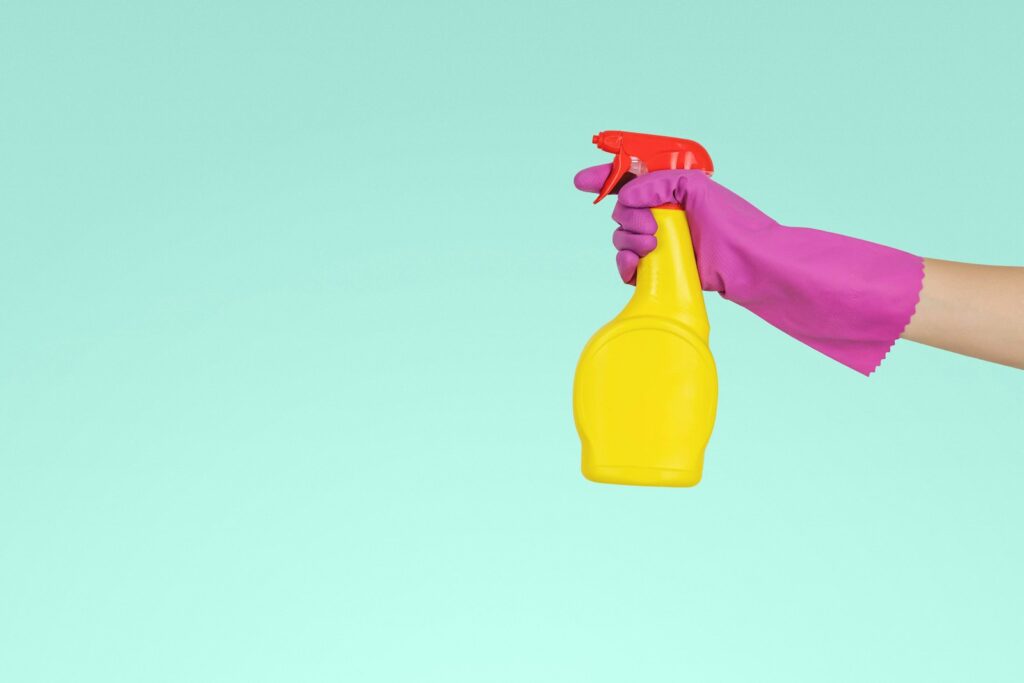
5. **Use Eco-Friendly Cleaning Products**The cleaners we use in our homes often contain a cocktail of harsh chemicals like chlorine, ammonia, bleach, dyes, and volatile organic compounds (VOCs). These substances not only pose risks to our health but also contribute to indoor air pollution and environmental contamination. Making the switch to eco-friendly cleaning products is a simple yet powerful way to create a healthier home environment.
One of the most empowering ways to go green with your cleaning routine is to make your own products. With just a few basic, safe supplies, you can whip up effective cleaners right in your kitchen. Common natural ingredients like vinegar, baking soda, and essential oils (such as lemon, lavender, or tea tree oil) are the heroes of homemade solutions.
Consider this simple recipe for a natural household cleaner: combine ¼ cup of vinegar, 12-20 drops of your favorite essential oil, 1 teaspoon of washing soda, and 2 cups of boiled or distilled water. Pour this mixture into a spray bottle, shake well, and you have a potent, sweet-smelling cleaner ready to tackle household messes without any toxic residues.
If DIY isn’t your preference, the market is brimming with excellent eco-friendly cleaning brands that prioritize natural ingredients and sustainable practices. When choosing store-bought options, look for products that are biodegradable, free from harsh chemicals, and have reputable environmental certifications to ensure quality and sustainability.
By choosing or crafting eco-friendly cleaning products, you’re not only safeguarding your family’s health from harmful fumes but also preventing pollutants from entering our water systems. This switch improves indoor air quality, reduces your exposure to toxins, and supports companies committed to sustainability, making your home a truly cleaner and greener space.
Read more about: The 14 Hidden Costs of Home Solar: What Every Owner Needs to Know Beyond Installation
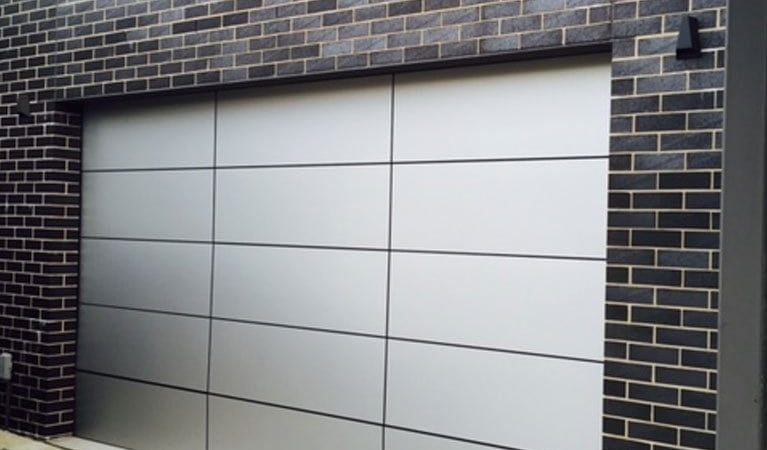
6. **Insulate Windows and Doors Naturally**Maintaining a comfortable indoor temperature without excessive energy use is crucial for an eco-friendly home, and natural insulation plays a vital role in achieving this. Thoughtful design and strategic planting around your windows and doors can significantly reduce heat loss in winter and keep your home cool in summer, all while embracing nature’s own solutions.
For homes in the northern hemisphere, south-facing windows are a blessing in colder months, allowing direct sunlight to stream in and naturally warm the indoors. Conversely, west-facing windows can bring intense glare and heat during the summer. This is where strategic planting comes in: a large deciduous tree planted near a south-facing window can provide welcome shade in summer when its leaves are full, blocking the scorching sun and creating a cool environment inside.
As winter approaches, the deciduous tree sheds its leaves, allowing the sun to shine directly through the window once again, warming your home naturally. This beautiful, seasonal synergy provides passive heating and cooling, harnessing the power of nature to regulate your indoor climate. You can also utilize sunshades or roof overhangs for natural air conditioning.
Beyond trees, consider architectural elements like double-glazing windows. These windows feature two panes of glass with an insulating gap, effectively trapping heat, preventing drafts, and significantly reducing heat loss. They also offer the added benefit of dampening outside noise, creating a quieter, cozier indoor sanctuary.
For an extra touch of environmental friendliness, integrate blinds made from natural materials like hemp or bamboo. These not only enhance your home’s aesthetic but also provide an additional layer of insulation. For bedrooms, thick curtains and draft stoppers can create a truly cozy and quiet space, preventing unwanted air leakage and ensuring efficient temperature control.
Read more about: The Quest for Calm: Unveiling the Top 15 Quietest Midsize SUVs of 2024 for a Serene Drive
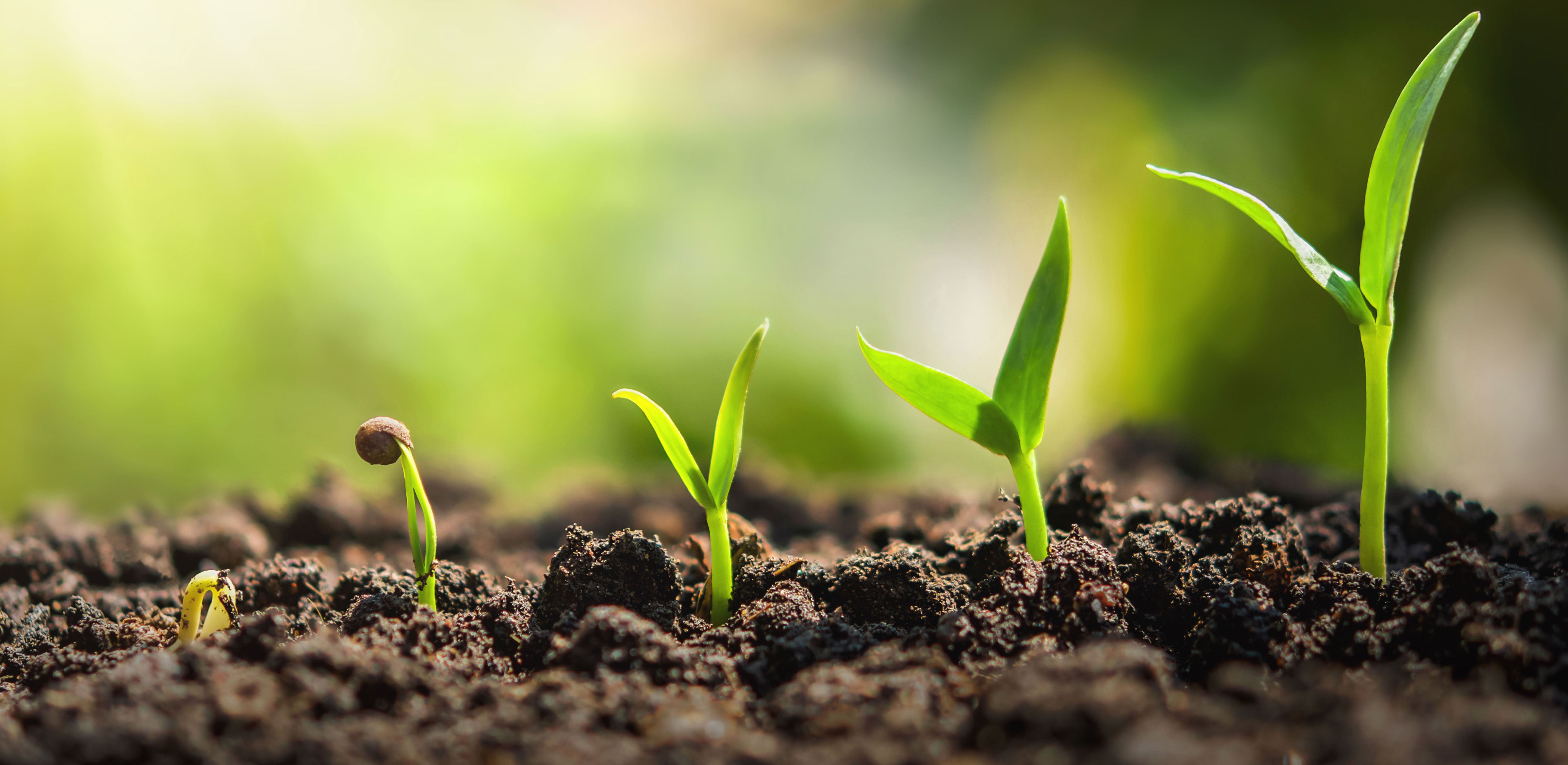
7. **Grow Your Own Organic Food**Bringing greenery into your home offers immense benefits, from purifying the air to boosting your mood. A home truly comes alive with plants, and decorating vacant spaces with beautiful flowering and non-flowering houseplants can transform your living areas. Imagine pothos cascading from a balcony or a majestic Monstera gracing a corner, creating a serene indoor garden.
However, the ultimate step in connecting with nature and fostering a truly eco-friendly home is to grow your own organic food. This powerful practice allows you to enjoy fresh, organic produce while significantly reducing your carbon footprint. Whether you have a sprawling backyard or a modest urban dwelling, there are many ways to cultivate your own sustainable garden.
For those with limited space, container gardening, vertical gardens, and small garden setups are increasingly popular trends for growing seasonal vegetables and herbs. You can effortlessly grow staples like cilantro, potatoes, and onions in planters, bringing the farm-to-table experience right to your home. Community gardening initiatives are also a fantastic option if communal space is available.
Planting, growing, and harvesting your own food not only slashes your grocery costs but also actively reduces carbon emissions over many years, as you cut down on transportation and packaging. This practice complements composting beautifully, allowing you to manage kitchen waste by creating fertile soil enriched with organic fertilizer, completing a sustainable cycle right in your own garden.
Growing your own food is more than just a money-saving venture; it’s a reconnection with nature, a source of fresh, healthy produce, and a profound way to embody sustainable living. It’s a peaceful sanctuary that embodies tips for sustainable living, offering tangible benefits for your health, your wallet, and the planet.”
Read more about: Urban Tomato Triumph: Your Comprehensive Guide to Growing Luscious Tomatoes in Any Small City Space

8. **Build a Solar Oven or Cooker**Venturing beyond conventional kitchen appliances, consider harnessing the sun’s incredible power for your cooking. Solar cooking employs thermal technology, using direct sunlight to heat, cook, or pasteurize various food and drink items. These innovative solar cookers offer a truly sustainable alternative, expanding your home’s energy supply and reducing reliance on traditional heating systems.
Solar cookers are remarkably inexpensive and low-tech, functioning entirely without consuming electricity or biogas. For a DIY project, you’ll need an insulated box, such as a styrofoam container, reinforced with sturdier materials like OSB plates. This ensures durability and optimal heat retention for effective cooking.
To complete your homemade solar cooker, strategically place glass plates to seal the insulating box and add flaps designed to reflect maximum sunlight inward. Once set up, simply place your pot or pan inside and monitor as the utensil absorbs sufficient heat to cook and boil your food. It’s an empowering way to embrace renewable energy in your daily routine.
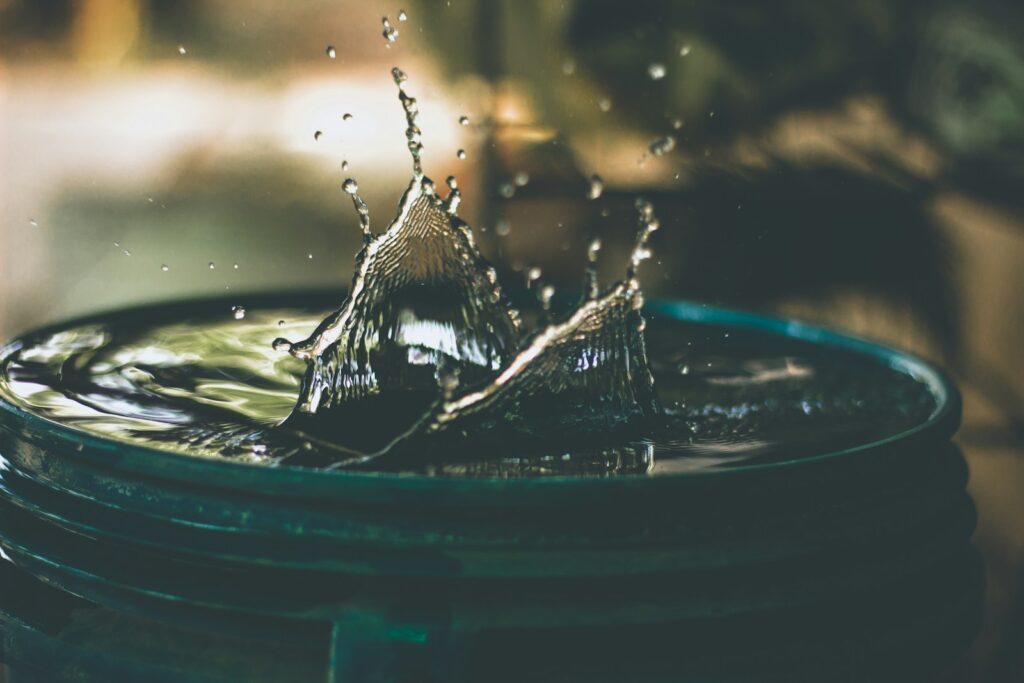
9. **Reuse Greywater Safely**Water conservation is crucial for an eco-conscious home, and understanding greywater can unlock significant savings. Greywater is domestic wastewater free from fecal contamination, originating from sources like bathroom sinks, showers, baths, and washing machines. This is distinct from ‘blackwater’ (from toilets, kitchen sinks, dishwashers), which is far more contaminated.
Because it lacks fecal matter, greywater is generally safe to handle and easier to treat, making it an excellent resource for reuse within your home. It’s ideal for non-potable uses such as toilet flushing and landscape irrigation, significantly reducing your reliance on fresh, treated municipal water supplies.
While greywater offers fantastic potential, it’s vital to use it judiciously; it is not recommended for irrigating crops meant for consumption. However, it’s perfectly suitable for watering houseplants and non-edible plants. Various systems, including GWC Pumped, Branch Drain, Hi-tech, or L2L systems, can be installed to efficiently manage and utilize your greywater, transforming a waste product into a valuable household resource.

10. **Use Natural Fiber Textiles**The textiles you choose for your home and wardrobe profoundly impact the environment. Shifting from synthetic materials like polyester and nylon to natural fiber-based goods is a wonderfully healthy and sustainable choice. Primary natural fibers—cotton, wool, hemp, and linen—are sourced directly from plants and farm animals, connecting your choices to sustainable agriculture.
Natural fibers offer numerous benefits: they are moisture-wicking, weather-insulating, UV protective, soft, comfortable, and crucially, biodegradable. This stands in stark contrast to synthetic fabrics, which are major contributors to microplastic pollution, dumping millions of tons of waste into our seas annually.
By embracing natural fibers, you actively combat textile pollution. Their ability to be repurposed, recycled, and easily broken down naturally makes them a truly circular and eco-conscious option. These versatile fibers are used in everything from clothing and bedding to towels, mats, blankets, pillows, and countless other home decor items, fostering a more harmonious and sustainable living space.
Read more about: Unlock A-List Living: 15 Budget-Friendly Decor Secrets to Style Your Home Like a Celebrity for Under $1000
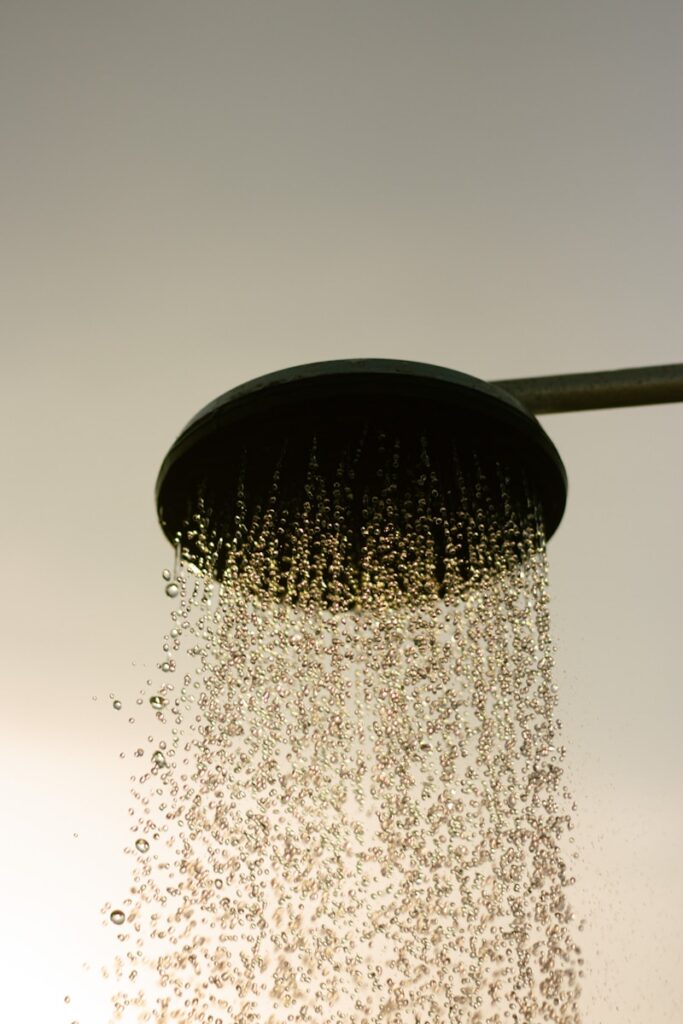
11. **Install Low-Flow Showerheads and Faucets**Upgrading your plumbing fixtures is a straightforward yet highly impactful way to conserve water at home. Traditional showerheads and faucets often release excessive water, leading to waste and higher utility bills. Installing modern low-flow alternatives drastically reduces water consumption, cuts water heating costs, and can extend your plumbing system’s lifespan.
Consider the efficiency: older faucets typically flow at around 2.2 gallons per minute (gpm), whereas low-flow models reduce this to an efficient 1.5 gpm. Similarly, low-flow showerheads deliver a satisfying experience at 2.0 gpm or lower, and modern low-flow toilets use just 1.6 gpm per flush.
These water-saving capabilities are achieved through smart technology. Low-flow fixtures incorporate aerators to maintain pressure while reducing volume, and flow restrictors to limit water release. Dual-flush systems in toilets offer a choice between partial and full flushes, further optimizing water use. These advancements empower homeowners to conserve water without sacrificing comfort.

12. **Upcycle Old Furniture and Wood**Embracing sustainability often means creatively reimagining what you already own. If you have even basic homesteading or furniture skills, you can wonderfully revamp your home using old furniture or discarded wood. This approach not only saves money but also contributes significantly to a healthier environment by diverting items from landfills and reducing the demand for new, potentially plastic-laden products.
Countless creative transformations await: an old ladder can become a charming multi-tiered display for houseplants, especially climbers. You can restore furniture by replacing damaged parts. Imagine converting a sturdy old table into a kitchen island, a coffee table into a stylish bench, or repurposing a dresser into a unique sink vanity—fantastic ideas that add character and prevent waste.
Even pieces with significant damage can be given new life. A fresh coat of paint can hide cracks and dents, offering a refreshed look and new color contrast. For items beyond simple repair, consider disassembling them. Old wooden doors or windows can be transformed into dust bath containers or raised garden beds, and a coffee-table top can find purpose in another project. It’s all about seeing potential where others might only see waste.
Read more about: Celebrity Home Secrets Unlocked: 8 Unexpected Decorating Choices of A-List Stars That’ll Make You Say ‘OMG!’

13. **Reduce Plastic in the Kitchen**Our kitchens are often overlooked sources of plastic accumulation, filled with items from water bottles and cutlery to food wrappers and trash bags. For a truly eco-friendly home, making conscious choices to reduce plastic in this vital space is one of the most impactful steps, safeguarding both your health and the planet.
Fortunately, many appealing and practical alternatives are available. Effortlessly switch from plastic to elegant glassware, durable ironware, and a variety of biodegradable items. Incorporate glass jars for storage, use organic beeswax or vegan food wraps instead of plastic film, and opt for cloth produce bags. Remember, chemicals in plastic are fat-soluble and can leach into fatty or oily food, posing potential health risks.
To further champion a plastic-free kitchen, establish a low-waste pantry. Maximize unused space, invest in high-quality, reusable containers (glass or stainless steel), and group similar food items. Arranging containers for everyday access keeps your pantry organized, encourages mindful consumption, and reduces waste. These intentional shifts transform your kitchen into a beacon of sustainable living.
Read more about: Your Essential Home Toolkit: 14 Must-Have Tools Every New Homeowner Needs for Smart Repairs
Embracing these actionable tips throughout your home offers far more than just environmental benefits; it paves the way for a healthier, more sustainable future for your family and the planet. From harnessing solar energy for cooking to making mindful choices about the textiles and fixtures you bring into your space, each step contributes to a harmonious, eco-conscious lifestyle. This journey of adopting sustainable practices not only helps you reduce waste and save money in the long run but also cultivates a deeper connection to nature and a sense of pride in your greener living space. Every small change truly does matter, and together, we can build a future where sustainable living is not just an aspiration, but the beautiful, everyday norm.

